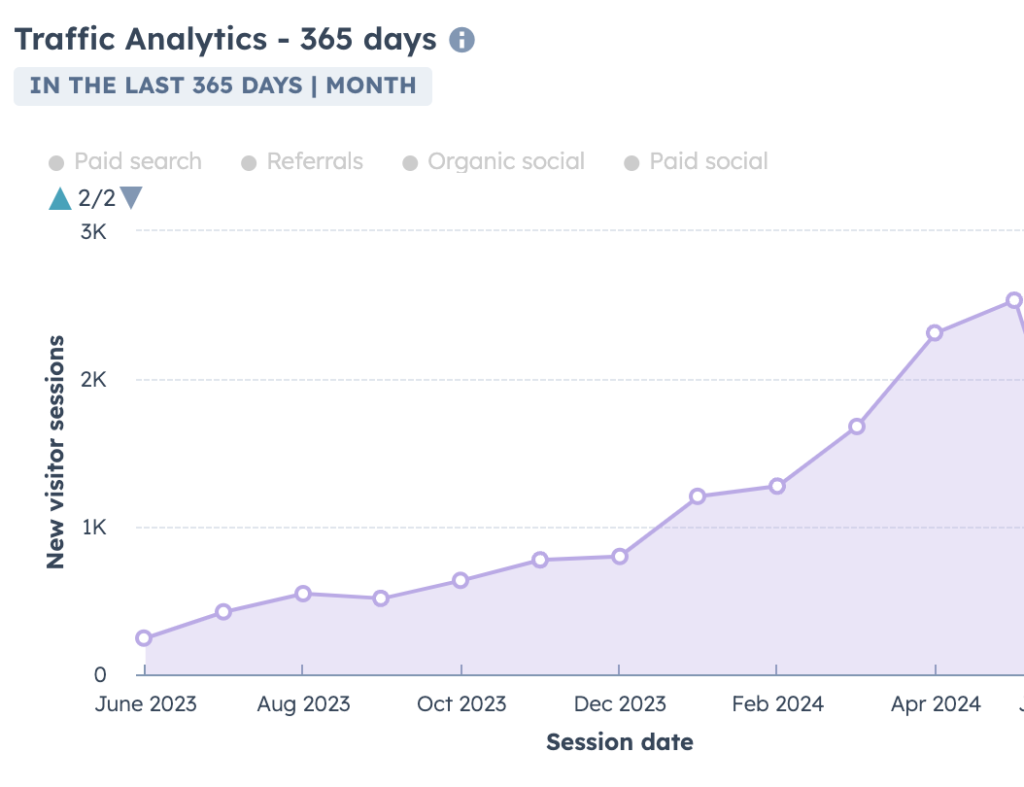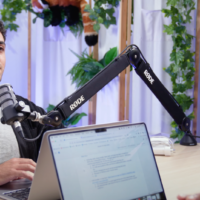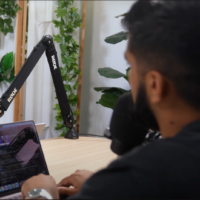Have you ever felt like just when you’ve finally got a handle on your SEO strategy, Google throws a curveball? The recent Google SEO leak has left many in a frenzy, trying to decode what it means for their hard-earned rankings. You might be feeling overwhelmed, thinking about all the adjustments you might need to make, and worried about how this will affect your website’s visibility.
Here’s the good news: you don’t have to do it alone.
We’ve been helping clients grow their website traffic and improve their SEO for over 15+ years now.

We know a thing or two about SEO, and we’ve experienced leaks like this before, so we know how to consolidate the most important information from the leaks and shift gears into the actionable steps you need to take to maximise your results.
By the end of this article, you’ll understand exactly what this new leak means, what you need to do about it, and you’ll also get an extra bonus at the end to help you with your SEO efforts.
What the New SEO Google Leak Reveals
The recent Google SEO leak has unveiled crucial information that can significantly impact how you approach search engine optimisation.
Here’s a breakdown of the key points revealed:
- Content Classification and Abuse Detection
- Age and Geo Restrictions: Content restrictions are applied based on the user’s age and geographic location. This means that your content’s visibility can vary widely depending on who is viewing it and where they are located
- Verdict and Evaluation: Google generates detailed verdicts based on evaluations from various backends. These verdicts include the reasons behind decisions, scores, and applicable regions, covering both admin-specified and user-specified content takedowns
- Link and Anchor Analysis
- Anchor Text Quality: The quality of anchor text is scrutinised, taking into account the source page’s quality, the context, and redundancy. This highlights the importance of high-quality, relevant anchor text in your link-building efforts
- Dropped Anchors: Google tracks the number of local, non-local, redundant, and supplemental anchors dropped. This indicates a focus on removing low-quality or spammy links
- Anchor Weight: Weights are assigned to anchors for PageRank purposes, underlining the necessity of acquiring links from high-quality, relevant sources
- Source Document Attributes
- Source Page Quality: Attributes like PageRank, spam score, and IP address of the source document for links are considered. This suggests the need to maintain a high-quality, authoritative source for your links
- Content Freshness: Google tracks attributes such as crawl timestamp and document length, emphasising the importance of regularly updated content
- User Engagement and Reporting
- User Engagement Actions: Various types of user engagement actions, including abuse reports and engagement metrics, are tracked. This data influences content visibility and ranking
- Abuse Reports: Different types of abuse reports (e.g., compromised accounts, harassment, hate speech) impact how content is handled, which can affect your SEO if your site is flagged
- Contextual and Regional Factors
- Contextual Restrictions: Contexts like country and destination stream (e.g., YouTube comments or Google+ posts) affect where and how verdicts are applied. Understanding regional and contextual restrictions is crucial when optimising your content
- Miscellaneous Content Attributes
- Content Metadata: Detailed metadata about content, including hashes, timestamps, and contextual data, is used to evaluate and rank content
- Verdict Restrictions: Restrictions on verdicts based on user and contextual factors imply the need for compliance with Google’s guidelines to avoid penalties.
By understanding these points, you can better grasp how the recent Google SEO leak may affect your SEO strategies and prepare to make the necessary adjustments.
But what exactly, specifically, can you do about this?
Impact of New SEO Google Leak on SEO Strategies
Here’s how the above revelations affect your approach and the actionable steps you can take:
- Content Quality and Relevance
- Implications: With Google’s sophisticated content classification system, it’s crucial to ensure your content is high-quality, relevant, and compliant with guidelines. Content that could be flagged as abusive or inappropriate may be penalised.
- Actionable Steps:
- Conduct regular content audits to identify and update low-quality or outdated content. Use tools like Screaming Frog or SEMrush to identify outdated or low-quality content on your site
- Focus on user intent by creating content that directly addresses the needs and questions of your target audience. Use tools like Google Search Console for insights
- Link Building and Anchor Text
- Implications: The focus on anchor text quality and the removal of redundant or low-quality anchors means prioritising high-quality backlinks from authoritative sources
- Actionable Steps:
- Seek high-quality backlinks by connecting with influencers and reputable websites within your industry. Use Ahrefs or Moz to analyse your backlink profile. Identify high-quality link opportunities and reach out to relevant sites for guest posting or collaborations
- Diversify your anchor text to include a mix of branded terms, generic phrases, and long-tail keywords to avoid over-optimisation
- Content Freshness and Updates
- Implications: Google’s emphasis on content freshness means regularly updated content is more likely to perform better in search rankings
- Actionable Steps:
- Set a schedule to review and update your content periodically, refreshing statistics and adding new information
- Focus on creating evergreen content that remains relevant over time, continuing to attract traffic and engagement
- User Engagement and Reporting
- Implications: User engagement metrics and abuse reports influence content visibility and ranking. Positive interactions signal content quality to Google
- Actionable Steps:
- Encourage interaction by adding calls-to-action (CTAs), social sharing buttons, and comment sections. Engage with your audience by responding to comments
- Add social sharing buttons, comment sections, and interactive elements to your content (like clickable images)
- Implement tools to monitor user-generated content for abuse and address flagged content promptly to maintain a positive user experience
- Monitor engagement metrics and adjust your strategies to encourage more interaction
- Geographic and Demographic Targeting
- Implications: Contextual and regional factors affect content visibility. Optimising for local SEO can enhance your site’s relevance to specific audiences
- Actionable Steps:
- Use local SEO tactics such as local keywords, creating Google My Business profiles, and gathering local reviews to improve your local search presence
- Create content tailored to specific demographics, considering age-appropriate content and region-specific information
- Compliance with Guidelines
- Implications: Staying compliant with Google’s guidelines is essential to avoid penalties and maintain rankings
- Actionable Steps:
- Regularly check for updates to Google’s SEO and content guidelines and adjust your strategies as needed
- Implement SEO best practices such as optimising site speed, ensuring mobile-friendliness, and using structured data
If you follow all of these steps, you’ll be able to effectively adapt to the changes brought about by the Google SEO leak and continue to optimise your site for better performance and rankings.
So, What’s Next?
Don’t sit on this.
If you take just one thing from this article, pick just 2-3 actionables from the last section in this blog and just focus on checking those items off.
If you do that, you’re being proactive, and your chances of success improve.
And if you’re already generating traffic, then you might be thinking that you don’t need to do anything. But here’s the thing… if you sit on this, you might find that your results don’t stay at the same level.
So get started on checking off some of those items on the list.
And if you really want to take your SEO game to the next level, then check out this article on 20 things you can do to improve your SEO ranking EVEN if nothing has worked before.













